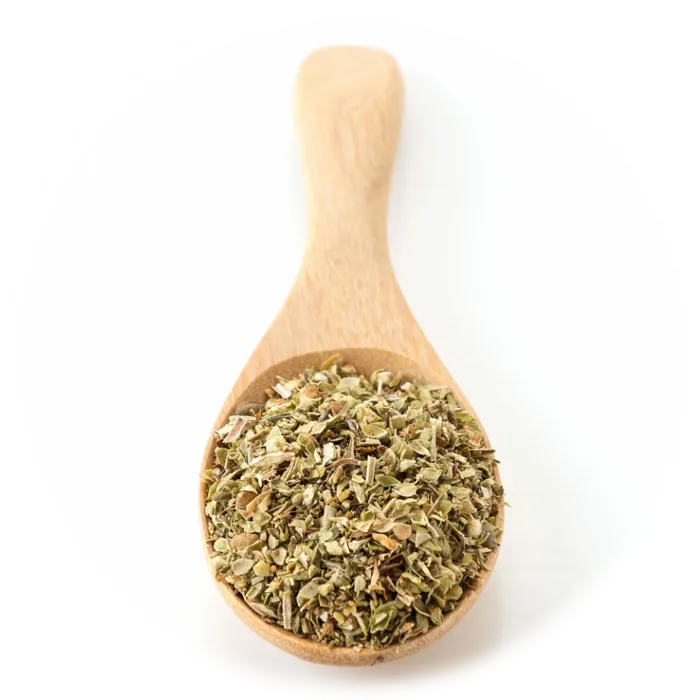

Top Health Benefits of Salami & Veggie Pizza You Need to Know
This homemade pizza is a delightful blend of flavors and nutrients. The whole wheat dough provides a good source of complex carbohydrates, fiber, and essential B-vitamins, supporting digestion and providing sustained energy. The mozzarella cheese, being rich in protein and calcium, supports muscle health and bone strength. The addition of lean salami or pepperoni offers a boost of protein and iron, which is essential for red blood cell production. The vegetables, including mushrooms, bell peppers, cherry tomatoes, and onions, are packed with vitamins A, C, and K, along with antioxidants that support immune health and reduce inflammation. Fresh parsley adds a dose of vitamin K and further antioxidants. The combination of these ingredients makes this pizza not only delicious but also a well-rounded meal that provides essential nutrients for a balanced diet.
 Wheat Flour : 2 1/2 Cup
Wheat Flour : 2 1/2 Cup Water : 1 Cup
Water : 1 Cup Yeast : 1 Teaspoon
Yeast : 1 Teaspoon Olive Oil : 2 Tablespoon
Olive Oil : 2 Tablespoon Salt : 1 Teaspoon
Salt : 1 Teaspoon Sugar : 1 Teaspoon
Sugar : 1 Teaspoon Tomato Sauce : 3/4 Cup
Tomato Sauce : 3/4 Cup Mozzarella : 200 g
Mozzarella : 200 g Salami : 150 g
Salami : 150 g Mushroom : 100 g
Mushroom : 100 g small /
Tomato : 10 Piece
small /
Tomato : 10 Piece Bell Pepper : 1 Piece
Bell Pepper : 1 Piece Chili Pepper : 1 Piece
Chili Pepper : 1 Piece Onion : 1 Piece
Onion : 1 Piece chopped /
Parsley : 2 Tablespoon
chopped /
Parsley : 2 Tablespoon Oregano : to taste
Oregano : to taste black pepper : to taste
black pepper : to tasteRecipe :
For 4 servings
Enjoy your delicious, homemade pizza with a perfect balance of spicy salami and fresh vegetables!
When preparing this pizza, it's essential to ensure that the dough rises properly by allowing it to rest in a warm, draft-free area for at least an hour. This ensures the yeast activates fully, giving the pizza its light and fluffy texture. When rolling out the dough, be mindful not to overwork it, as this can result in a tough crust. For the toppings, be sure to use fresh ingredients, especially the vegetables, as they add moisture and flavor. If you prefer a crispier crust, you can pre-bake the dough for a few minutes before adding the toppings. When assembling, evenly distribute the sauce and toppings to ensure that the flavors meld together during baking. Lastly, keep a close eye on the pizza while it bakes to prevent burning, as oven temperatures can vary. After baking, allow the pizza to cool slightly before slicing to avoid a soggy crust.

While this pizza is a flavorful and balanced meal, it may not be suitable for certain dietary restrictions. For those following a ketogenic diet, this pizza would need modifications to make it low in carbohydrates, such as using a cauliflower crust instead of the traditional dough. It also contains dairy, making it incompatible with a vegan or dairy-free diet. Additionally, people on a paleo diet may need to adjust the ingredients by removing the cheese and opting for grain-free alternatives. The pizza can be considered gluten-free if the dough is made from gluten-free flour, making it a viable option for individuals with gluten sensitivities or those on a gluten-free diet. It also contains a good amount of protein, making it suitable for those on a high-protein diet. For individuals following a low-calorie diet, portion control is key, as the ingredients like cheese and salami can increase the calorie content. Overall, this pizza is versatile and can be adjusted to fit various dietary needs with a few modifications.
...